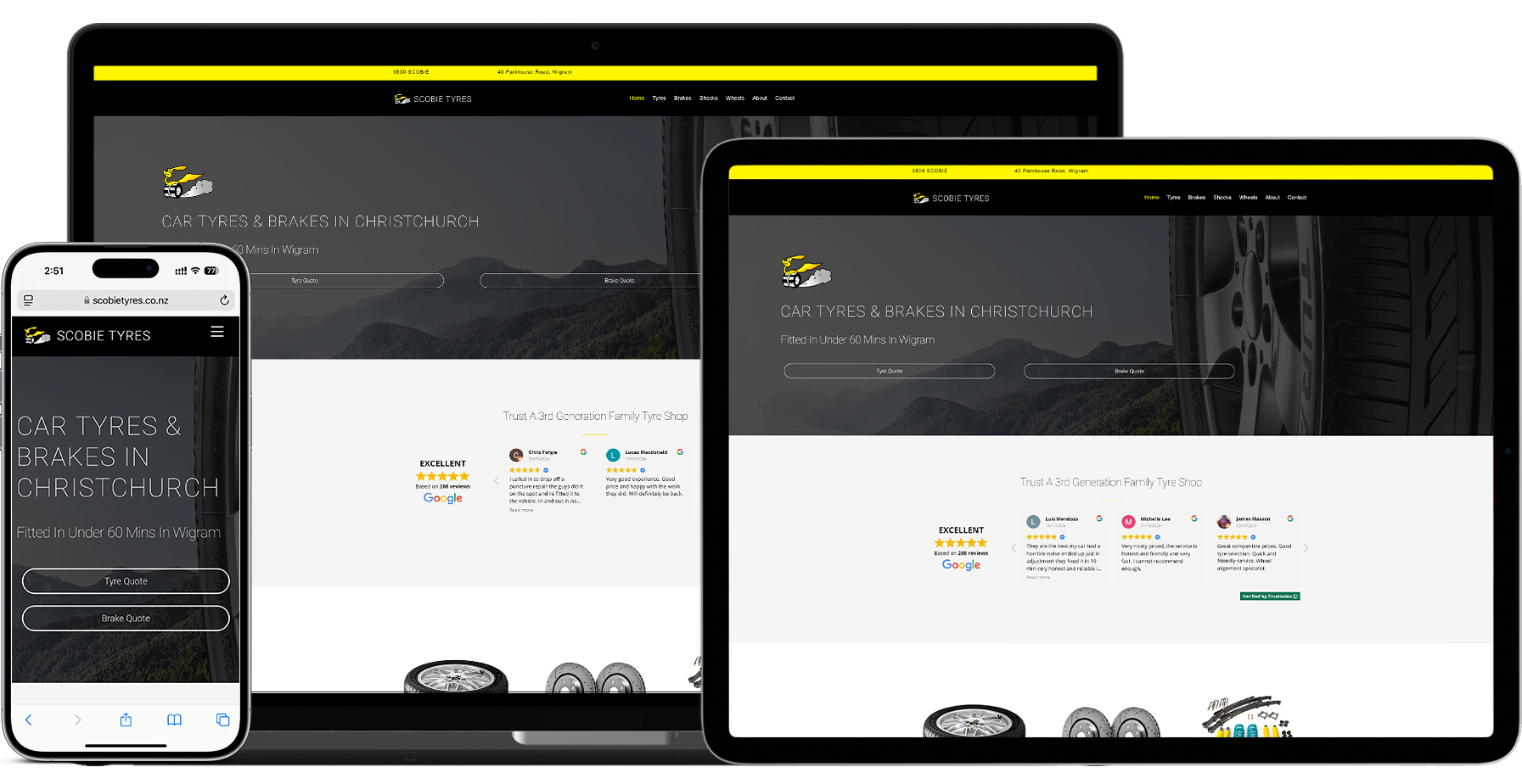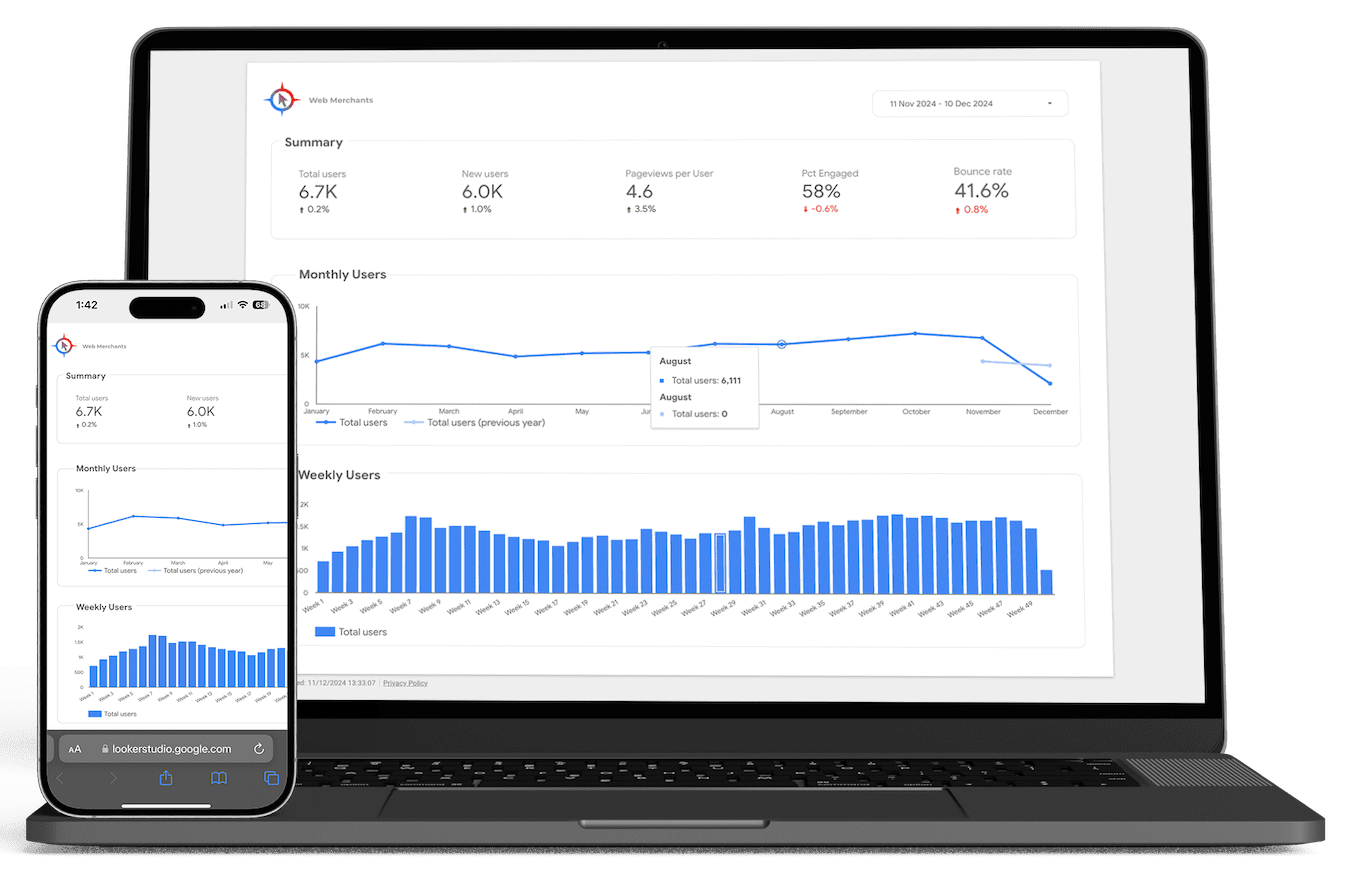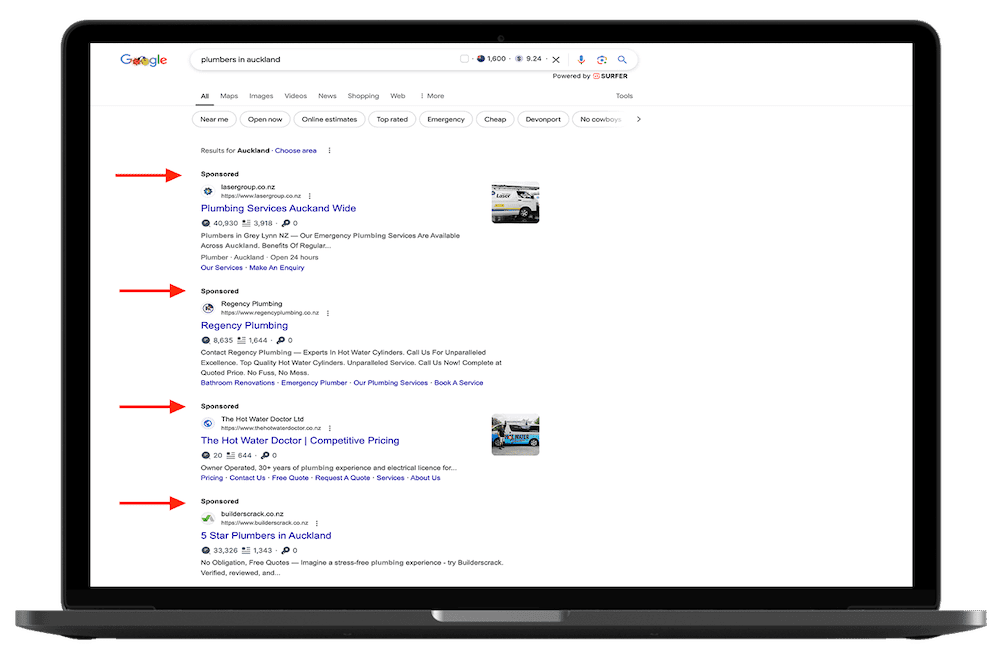/ Websites Designed To
Convert Ads On Landing Pages
Website Design
Responsive mobile-first designed websites, which are optimised for interactions & conversions. Delivering the “What” & “How” within 4 seconds.
“63% of global web traffic came from mobile devices in 2025”


Managed WEB Hosting
Lighting fast page loads on our bespoke servers. Don’t worry about renewals, backups or content changes, we cover it! oh also SSL, domain renewal, DNS & emails.
“53% of users would abandon the website if the page took longer than 3 seconds to load”
Reporting & Analytics
View website performance in realtime. The easy to read report breaks down key metrics so businesses can easily identify audiences to target marketing campaigns to, and conversely track the success of campaigns.
“72% of businesses believe that real-time analytics is essential for making decisions”


Google Ranking / SEO
SEO, search engine ranking, offsite website optimisation, Google ranking, organic ranks … it’s called many things but essentially NZ businesses want to get on the first page of Google. We do this.
“75.9” of traffic in 2024 went to the top 4 organic search results”
Google Ads Management
RANK utilises mobile first geolocated strategies to get the best conversion rate, while lowering the overall cost per month on desktop campaigns due to bot clicks, competitor clicking, invalid clicks and over saturation.
